Reform toxic industry
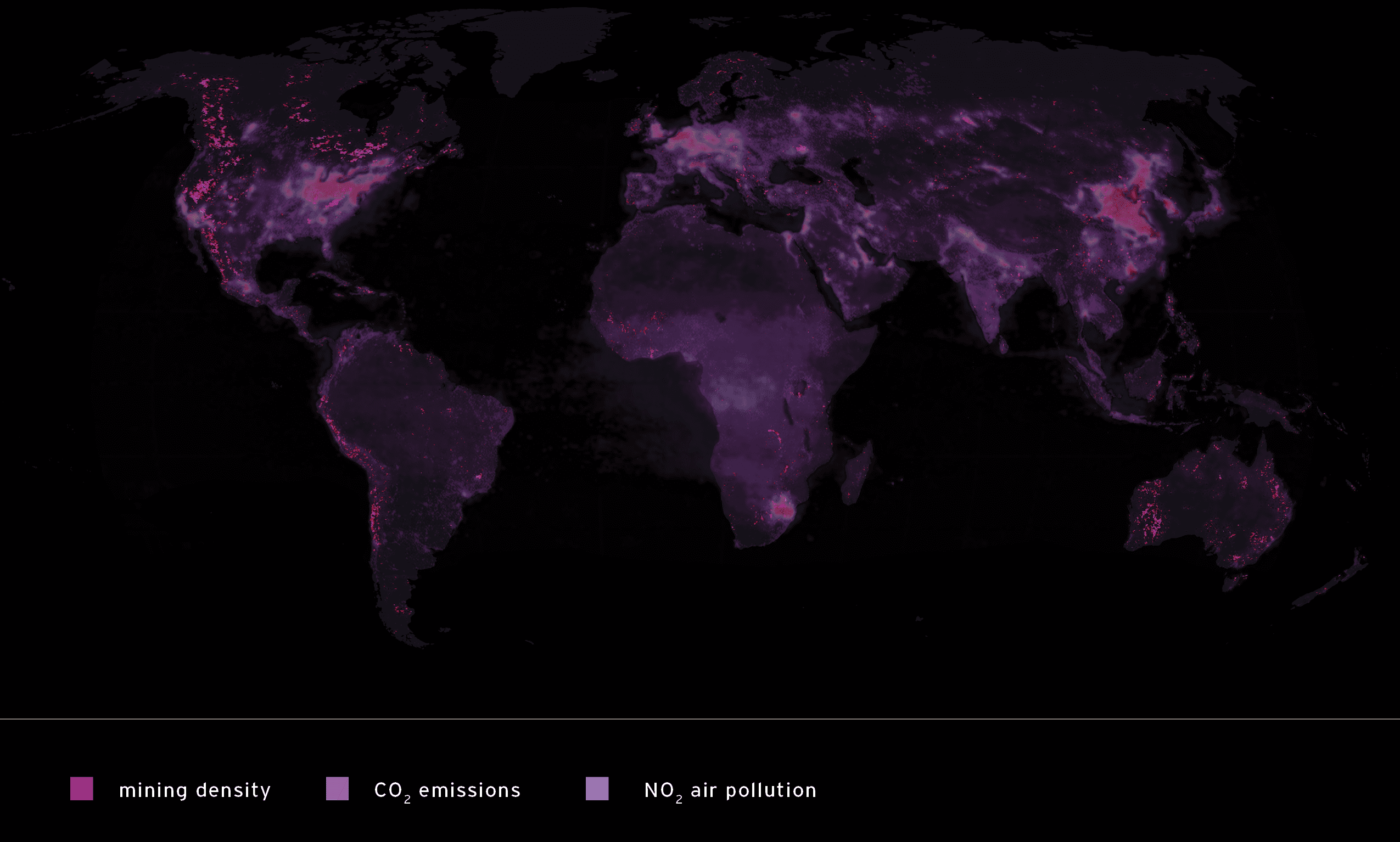
FROM MINING TO MANUFACTURING, INDUSTRIAL SUPPLY CHAINS ACCOUNT FOR ROUGHLY 13% OF GLOBAL GREENHOUSE GAS EMISSIONS, WHILE RELEASING TOXIC CHEMICALS INCLUDING MERCURY, SULFURIC ACID, LEAD, CARBON MONOXIDE AND PCBs.
By reforming industrial materials and energy sources, and refusing to buy products from the dirtiest industries, we could reduce annual greenhouse gas emissions up to 7% and prevent the flow of toxic chemicals into our environment.
Map sources: Mining: Sonter et al. 2020. Renewable energy production will exacerbate mining threats to biodiversity. Fig. 1 Global mining areas and their density | CO2 emissions: Ou J, Liu X, Li X, Li M, Li W (2015) Evaluation of NPP-VIIRS Nighttime Light Data for Mapping Global Fossil Fuel Combustion CO2 Emissions... | Fig. 1c global emissions map. | NO2 emissions: Global NO2 air pollution map. T. Wagner, University of Heidelberg's Institute for Environmental Physics. European Space Agency.
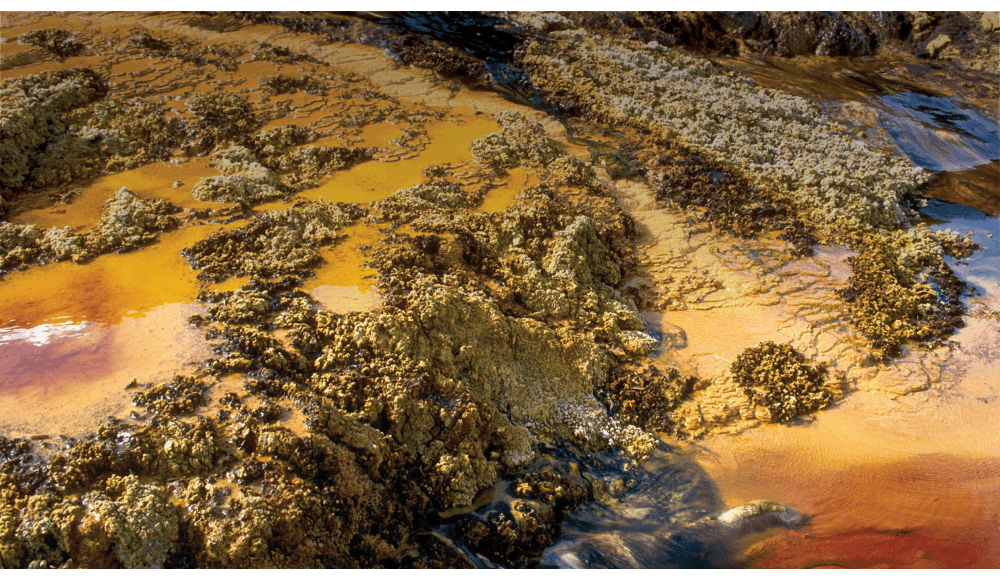
INDUSTRIAL POLLUTION
EVERY SECOND 310 KG OF TOXIC CHEMICALS ARE RELEASED INTO OUR AIR, LAND, AND WATER BY INDUSTRIAL FACILITIES AROUND THE WORLD.
This amounts to around 10 million tons each year, around 20% of which are recognized carcinogens.
Source: United Nations Environment Program. / Image Source: Coppi, John, CSIRO. “Soil pollution at the Brukunga Pyrites Mine.” 26 July 2007.
Top Industrial Pollutants
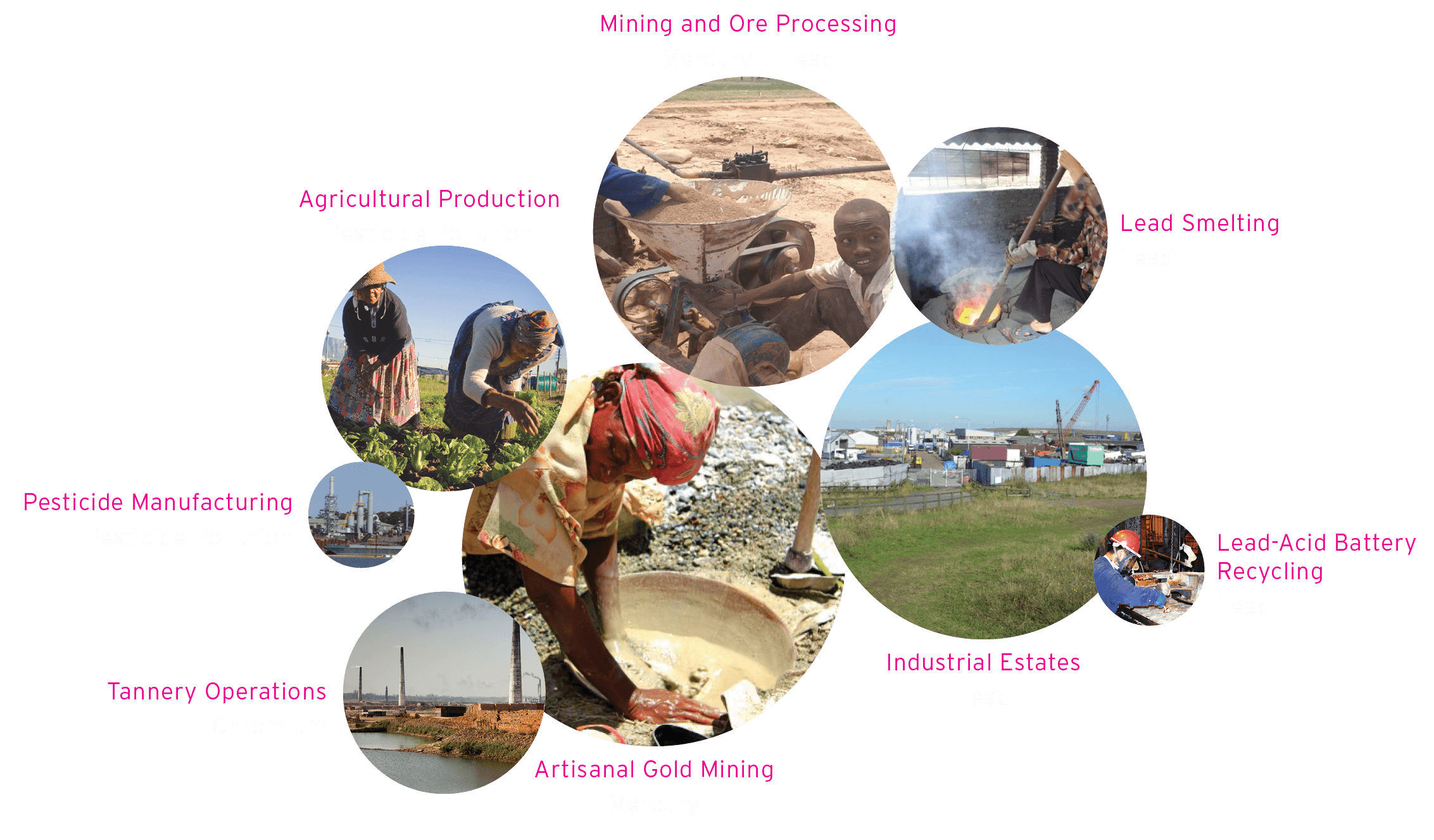
Source: Blacksmith Institute. “Top Industrial Pollutants.” 2013.
TOP TOXINS
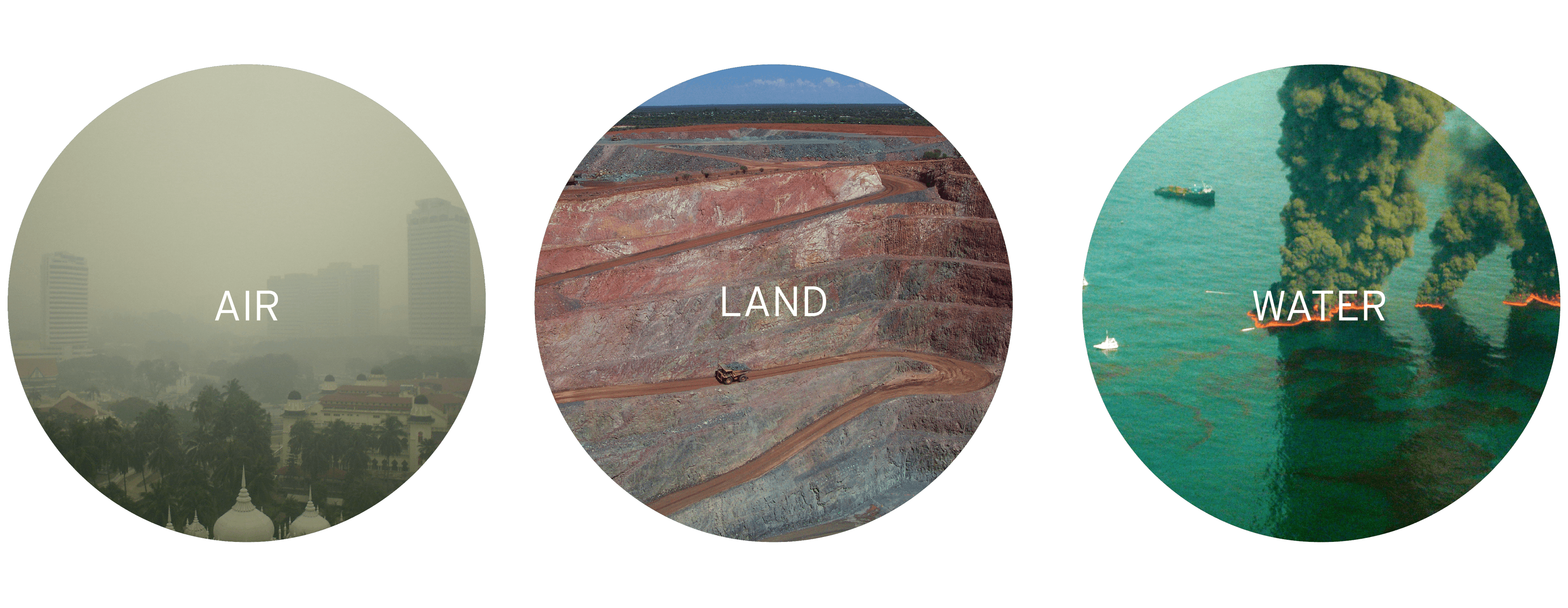
IN THE AIR
MERCURY - coal fired plants, gold mining, old chlorine bleach factories
LEAD - smelting, industrial estates, acid-battery recycling
NOx - emissions from cars, trucks, power plants, industry
POPs - combustion in industry
METHANE - industry, agriculture, livestock, waste management
PARTICULATE MATTER - emissions from cars, trucks, power plants, industry
IN THE LAND
NO2 - synthetic fertilizer
COAL ASH - waste material from coal
ARSENIC - Burning of fossil fuels, mining, smelting coal
OIL HYDROCARBONS - oil well drilling, oil spills, storage, refining, and transport
IN THE WATER
MERCURY - coal fire plants, gold mining, old chlorine bleach factories
PCBs - hydraulic fluids, lubricants, plasticizers
DDT - insecticide
CHROMIUM - leather tanning, textile dying
CADMIUM, IRON, COPPER, and ZINC - coal and heavy metal mining
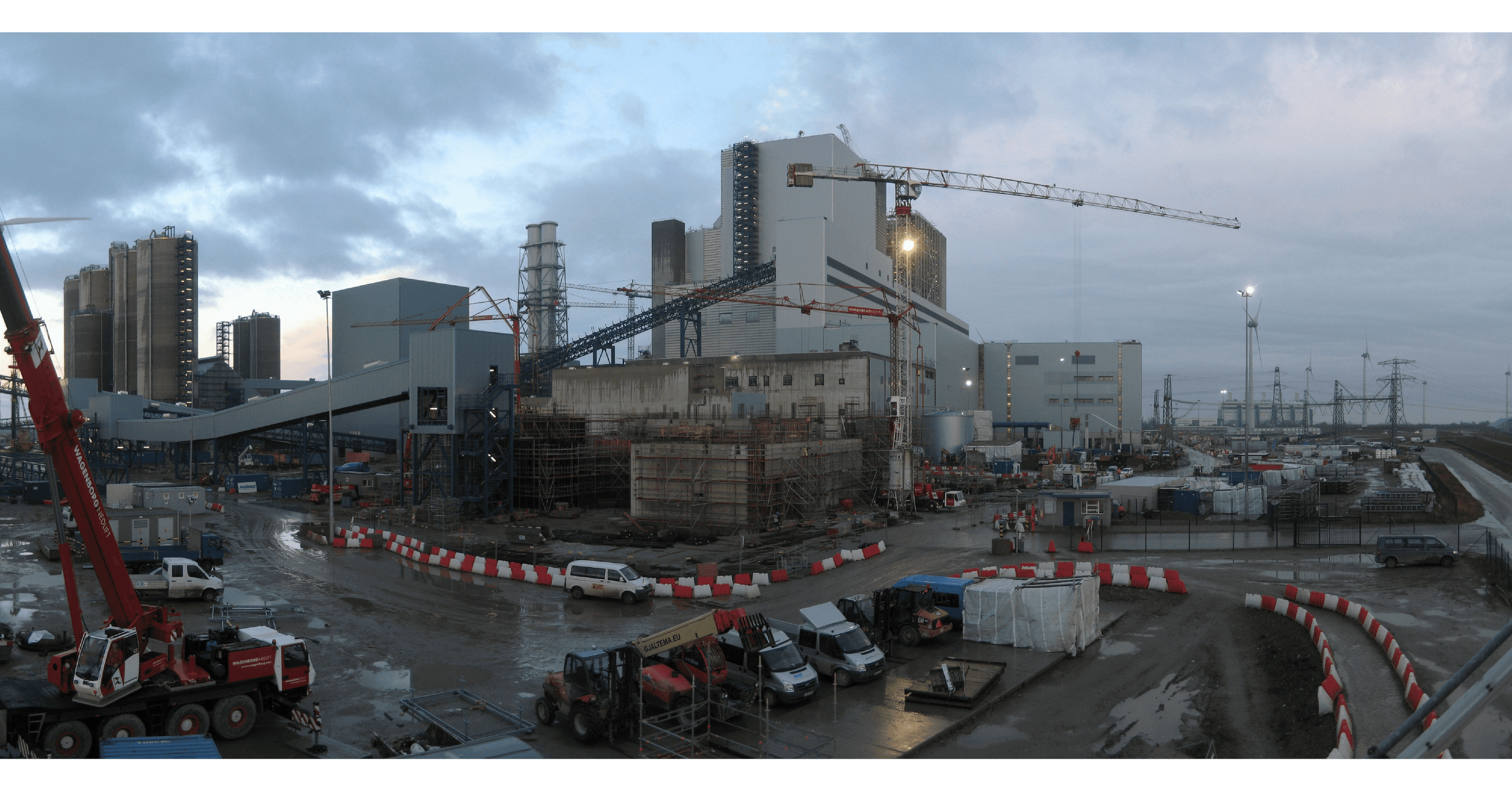
“Coal-fired power plants, artisanal small-scale gold mining, chlor-alkali plants, and other industrial sources contaminate humans and fish around the world with mercury levels that exceed health advisory levels.”
Source: Kennedy Jr., Robert F., “ Mercury poisoning is a growing global menace we have to address.” The Guardian. 10 January 2013.

“According to the American Lung Association, 24,000 people a year die prematurely because of pollution from coal-fired power plants. And every year 38,000 heart attacks, 12,000 hospital admissions and an additional 550,000 asthma attacks result from power plant pollution.”
Source: Overseas Development Institute
Top Toxic Locations
sources: Blacksmith Institute. “Top 10 Most Polluted Places.” 2007. / Blacksmith Institute. “Top 10 Toxic Threats.” 2013.
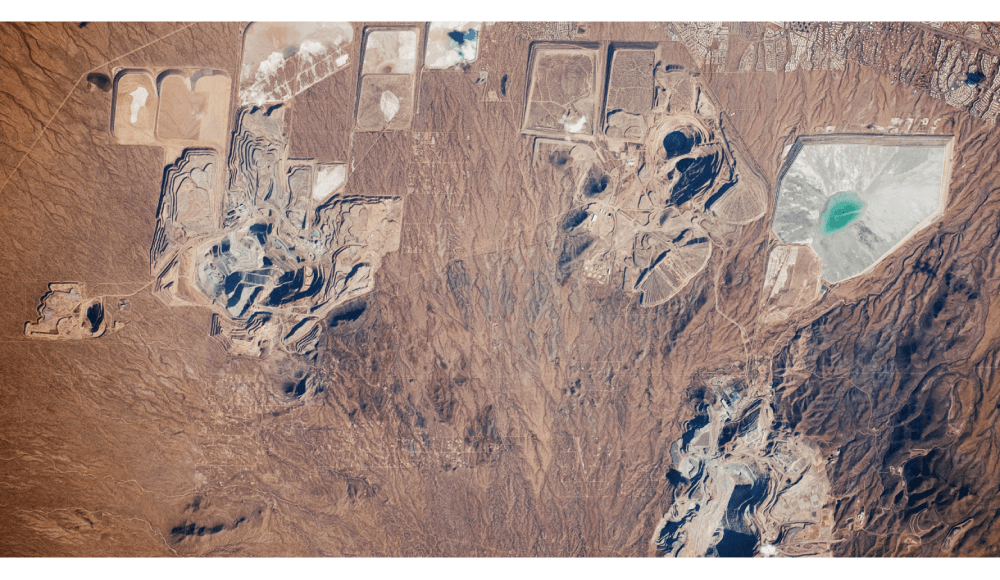
MINING
“Water pollution arises from the large-scale land disturbance associated with mining, whether it is opencast, deep mining, or spoil dumping... Metal-rich waste materials from mining have severely contaminated river, lake, estuary and floodplain sediments many tens of kilometres downstream of the mines.”
Source: Abandoned Mines and the Water Environment, Environment Agency, 2008
HEAVY METALS
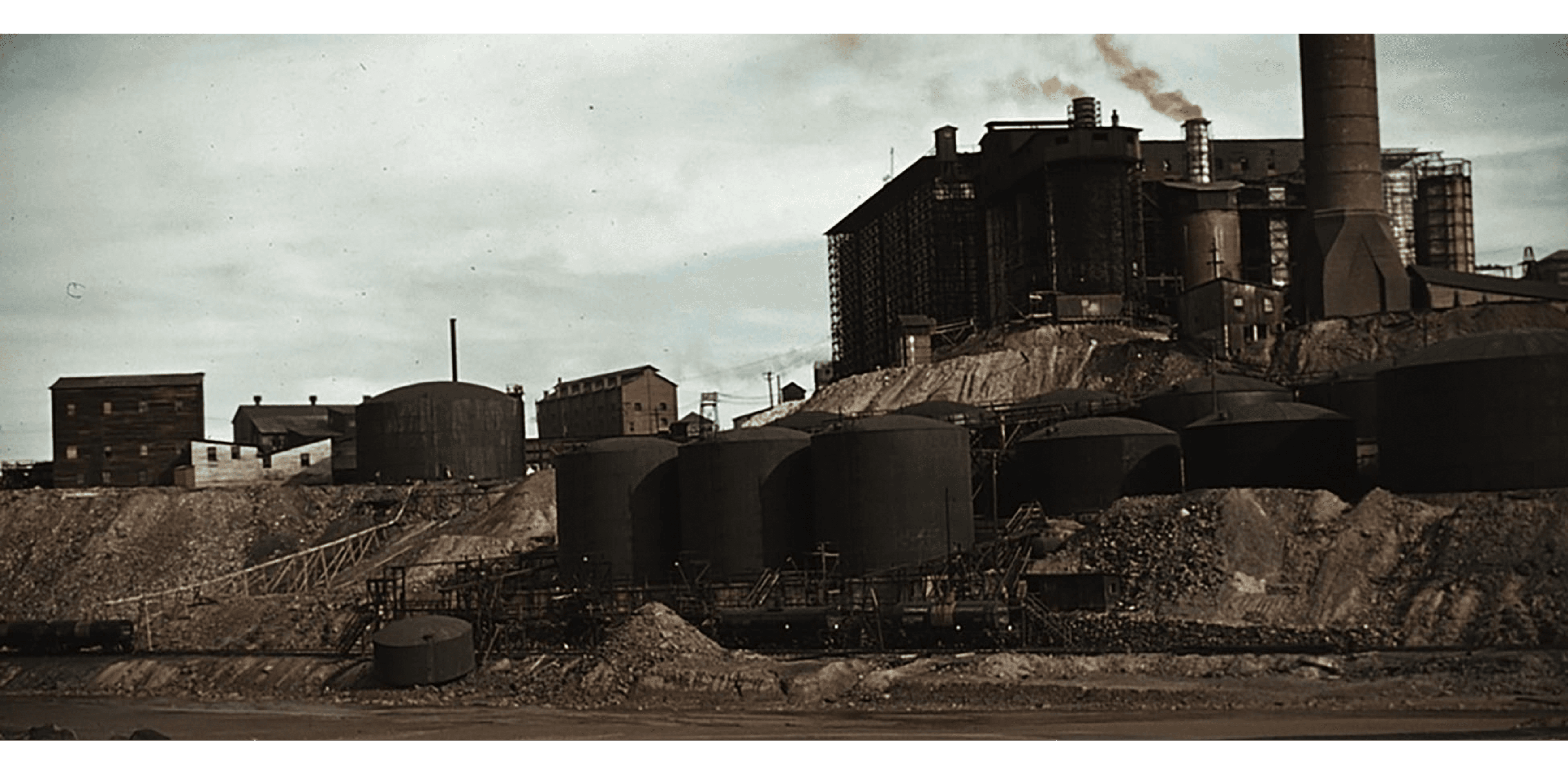
A heavy metal is a metallic element such as copper, nickel, lead, and iron that are toxic and have a high density. When mined they produce acid-mine drainage “...finds its way into groundwater and nearby rivers and streams, it can wreak havoc on aquatic organisms and water quality.”
Source: "Heavy Metals" sciencedaily.com
LITHIUM
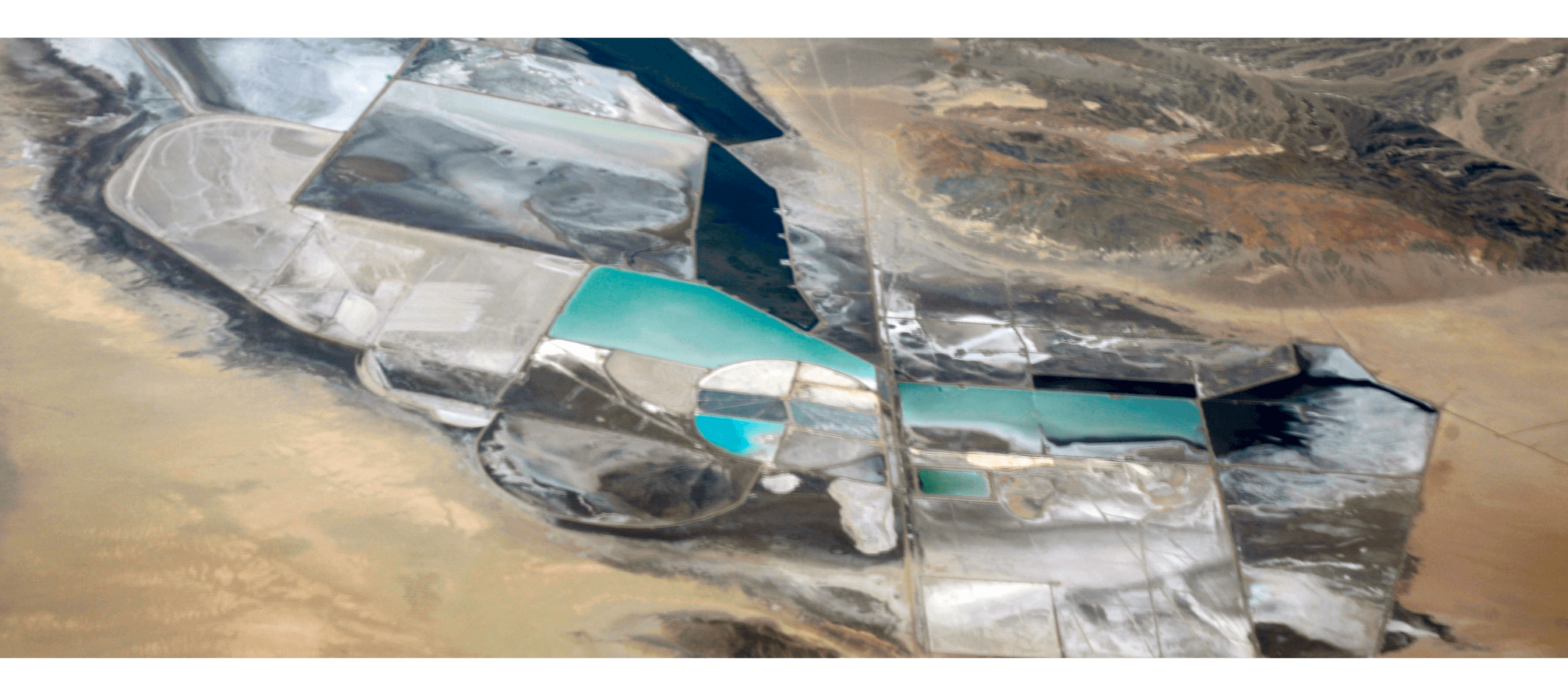
More than half of the world’s lithium is beneath the Salar De Uyuni desert in Bolivia, but to get at the lithium will cause irreparable damage to this landscape “Energy economists in London, New York and the Middle East predict that this unlikely windblown patch of salt could, over the next two decades, become the next Saudi Arabia... Like any mining process it is invasive, it scars the landscape, it destroys the water table and it pollutes the earth and the local wells.”
Source: "In search of Lithium: The battle for the 3rd element." Dan McDougall. dailymail.co.uk. April 2009.
RARE EARTH MINERALS
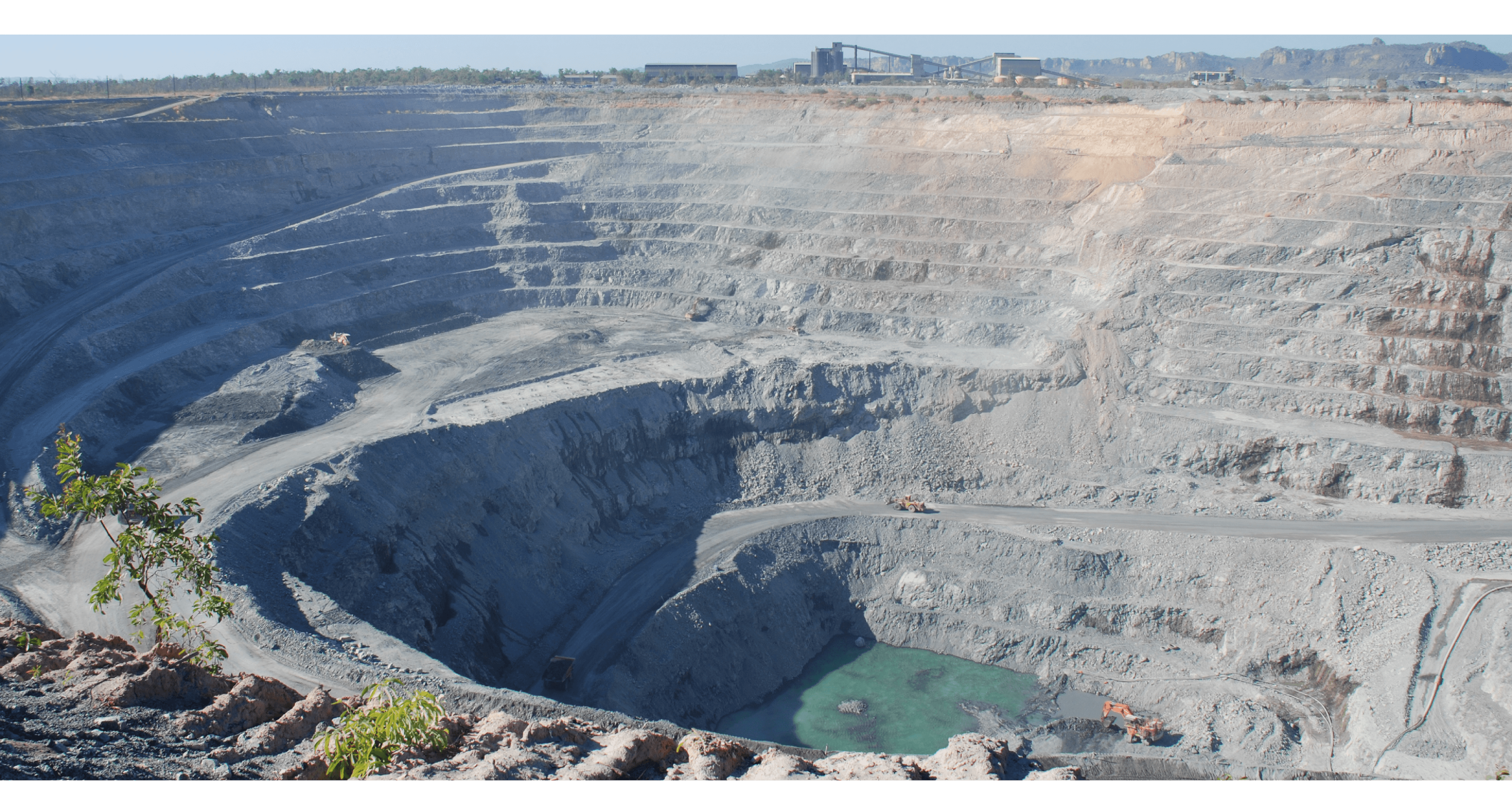
China is estimated to contain almost 97% of world’s reserves of rare earth metals. “Rare earth minerals are a group of 17 chemically similar elements that include scandium, yttrium and fifteen lanthanides… These are used for making many electronic goods such as smart phones, monitors of TVs and PCs, hard discs of laptops, condensers, magnets in batteries of hybrid cars and headphones of Apple iPods.”
Source: "Heavy Metals" sciencedaily.com
PRECIOUS METALS & GEMS

The extraction techniques for precious metals and gems can cause soil erosion, formation of sinkholes, loss of biodiversity and contamination of soil and both ground and surface water. Metals mining is the most toxic polluter, responsible for 96 percent of arsenic emissions and 76 percent of lead emissions.
Source: ecolustre.com
40 PERCENT OF WATERSHED HEADWATERS IN THE WESTERN U.S. HAVE BEEN CONTAMINATED BY MINING OPERATIONS.
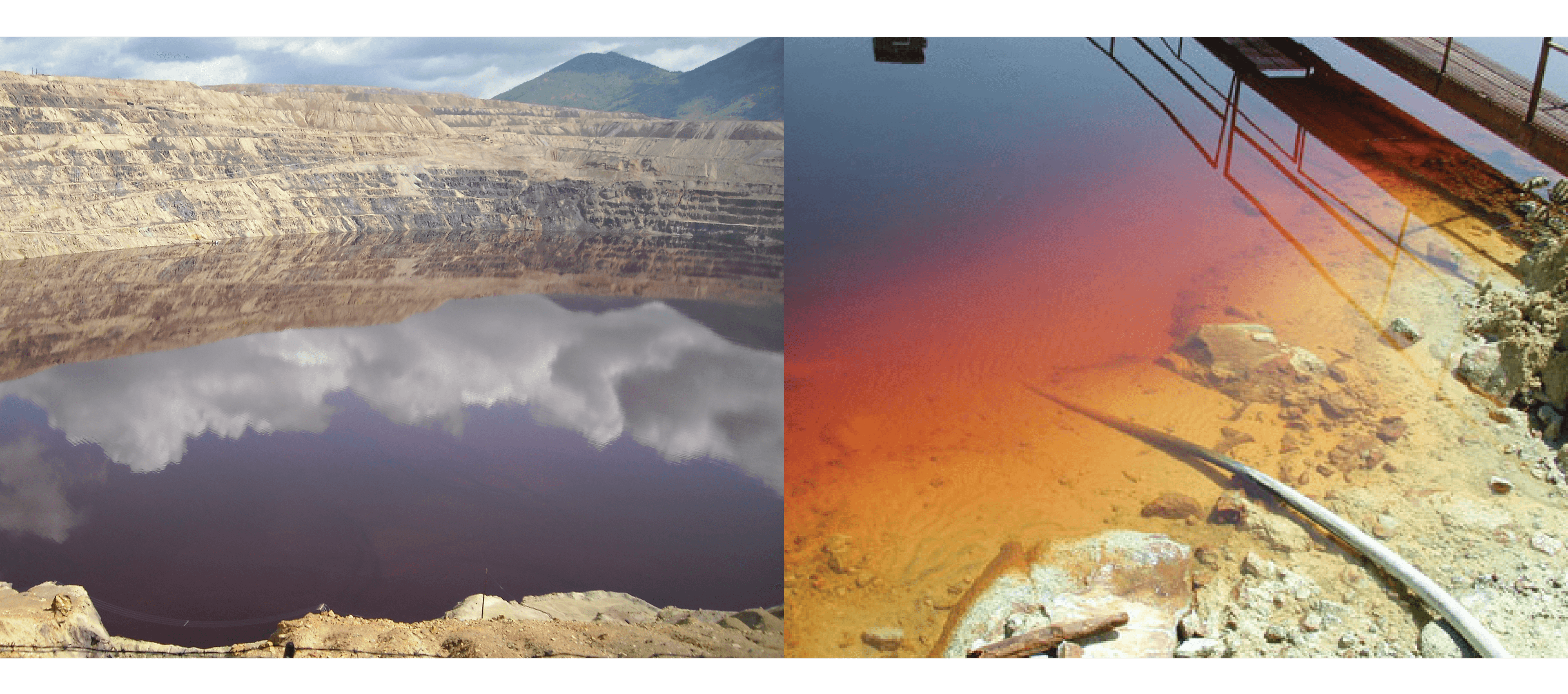
The Berkeley Pit in Montana was exhausted of riches—including copper and gold— in 1982 and retired. In the decades since, water has seeped into the Berkeley Pit and filled the mine, and today it contains one of the most lethally polluted lakes in the world. The toxic, acidic water killed 342 snow geese that landed there in 1995. The water, many people fear, will eventually taint the region’s groundwater supply.
Source: The Smithsonian.
GOLD
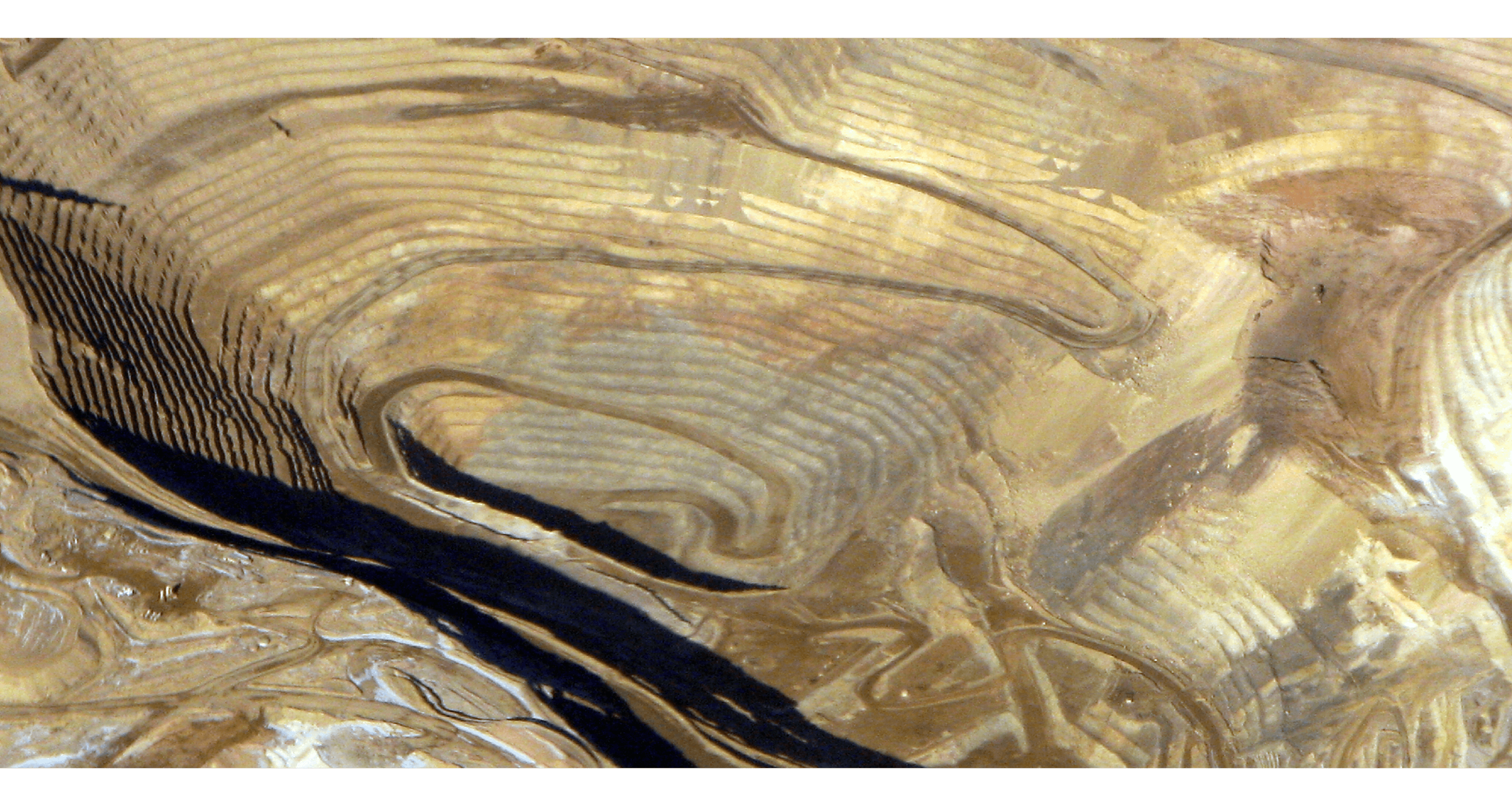
"FOR EVERY TON OF GOLD ORE THAT IS MINED, ONLY A VERY SMALL AMOUNT (ABOUT 5G) OF GOLD IS EXTRACTED."
“The staggering disruption of land and habitat is only one of the environmental problems caused by small scale gold mining…the miners use toxic mercury to extract the gold from the “concentrate”. Mercury endangers not only miners and their families, but can also travel around the globe, depositing in the world’s waters and poisoning the global fish supply.”

When the mining pits fill with stagnant rainwater, they become infested with mosquitoes, spreading malaria and other water-borne diseases.
Sources: NRDC. Everythingscience.co.za. brilliantearth.com.
DIAMONDS
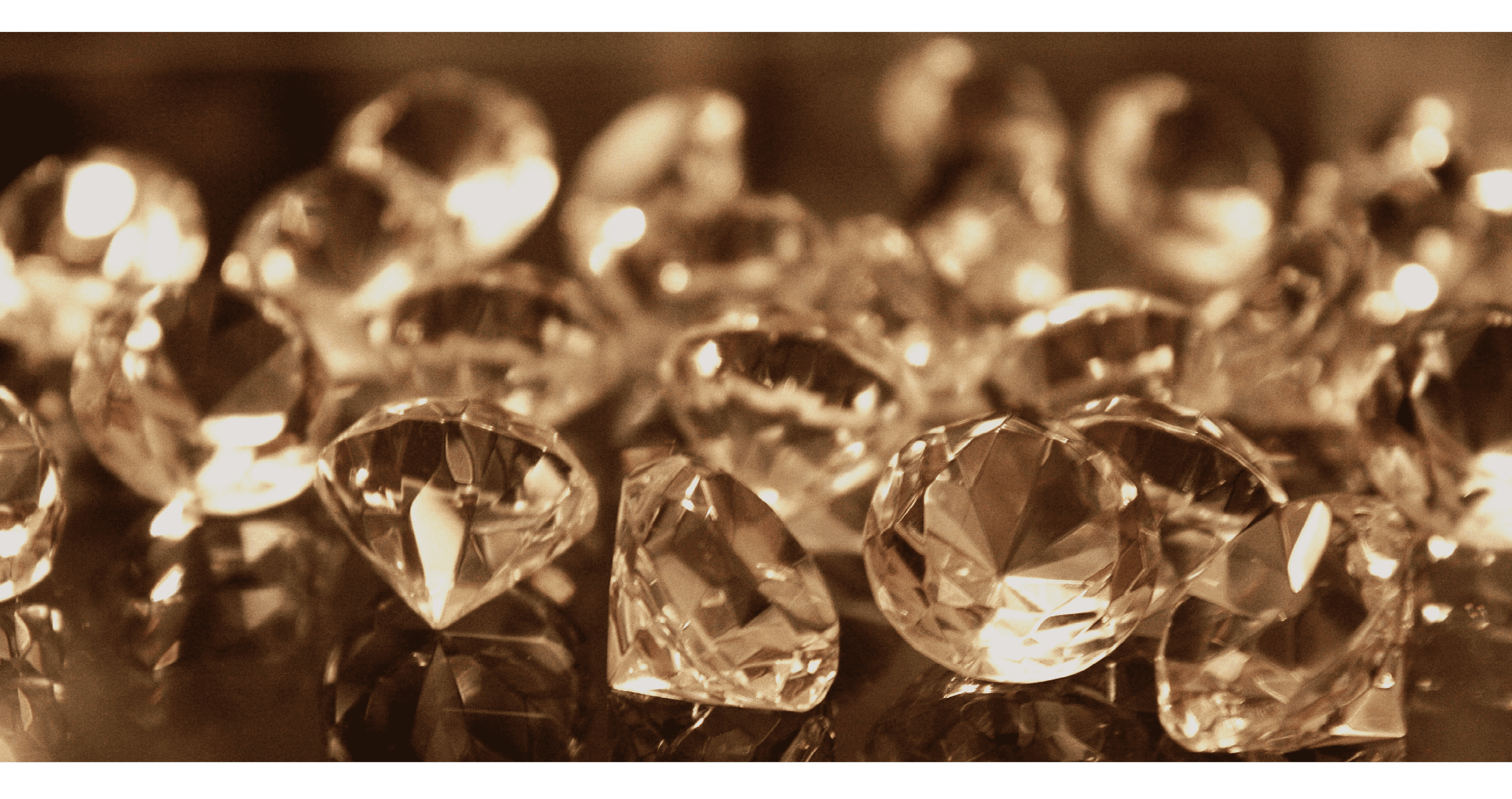
Diamond mining can cause entire ecosystems to collapse. Irresponsible mining has caused soil erosion, led to deforestation, re-routed rivers and constructed dams to expose riverbeds for mining, with disastrous effects on fish and wildlife.

The Argyle Diamond Mine was an open pit diamond mine in the East Kimberley region of remote northern Western Australia. The mine opened in 1985 and ceased production in 2020. The deepest point reached in opencast mining is around 600 meters. W. Bulach, CC BY-SA 4.0 | text source: brilliantearth.com
BUY RECYCLED OR VINTAGE JEWELRY AND GEMSTONES

Buying pre-owned or recycled jewelry means less mining and air pollution, and it preserves valuable resources like fuel, forests, and water. It helps to save wildlife habitats and keeps waste out of our groundwater.
Source: Long’s “7 Reasons to Buy Pre-Owned Jewelry”.
Next solution



Learn about Maya Lin’s fifth and final memorial: a multi-platform science based artwork that presents an ecological history of our world - past, present, and future.

Discover ecological histories and stories of former abundance, loss, and recovery on the map of memory.

Learn how we can reduce our emissions and protect and restore species and habitats – around the world.

See how art can help us rethink the problems we face, and give us hope that each one of us can make a difference.

Help make a global memorial something personal and close to home. Share your stories of the natural world.